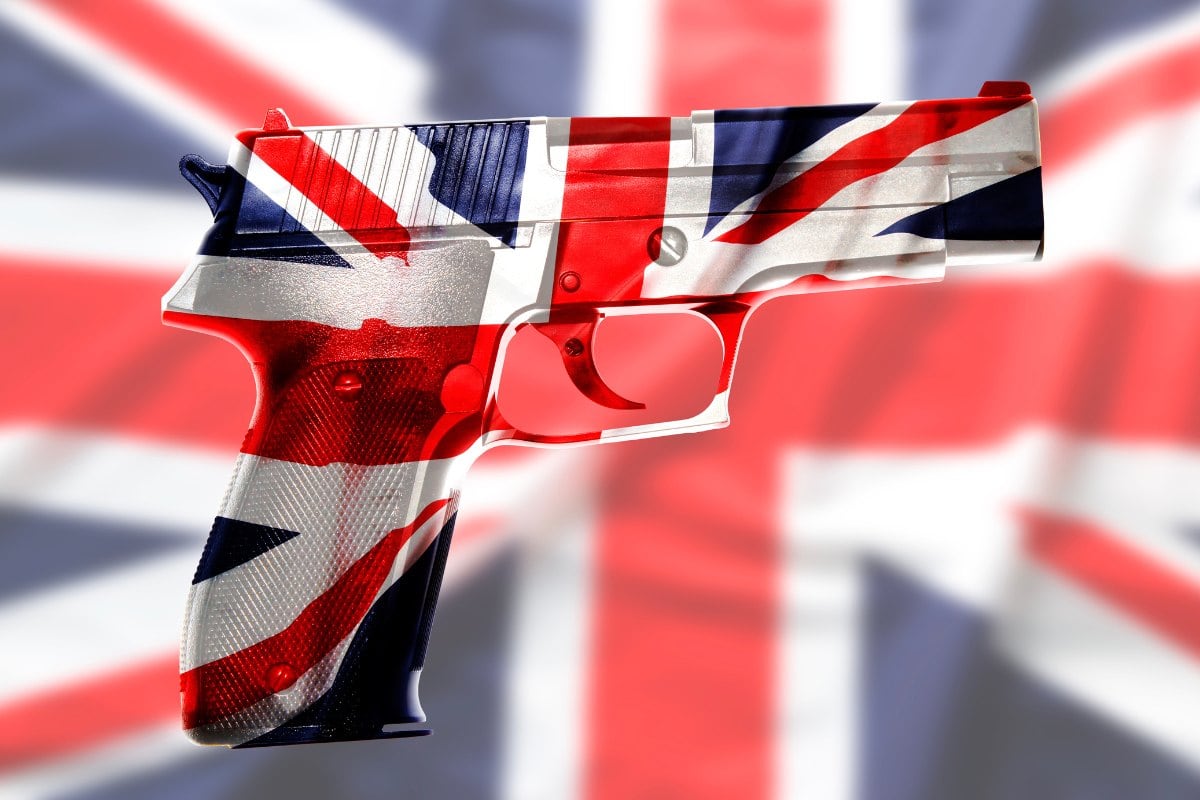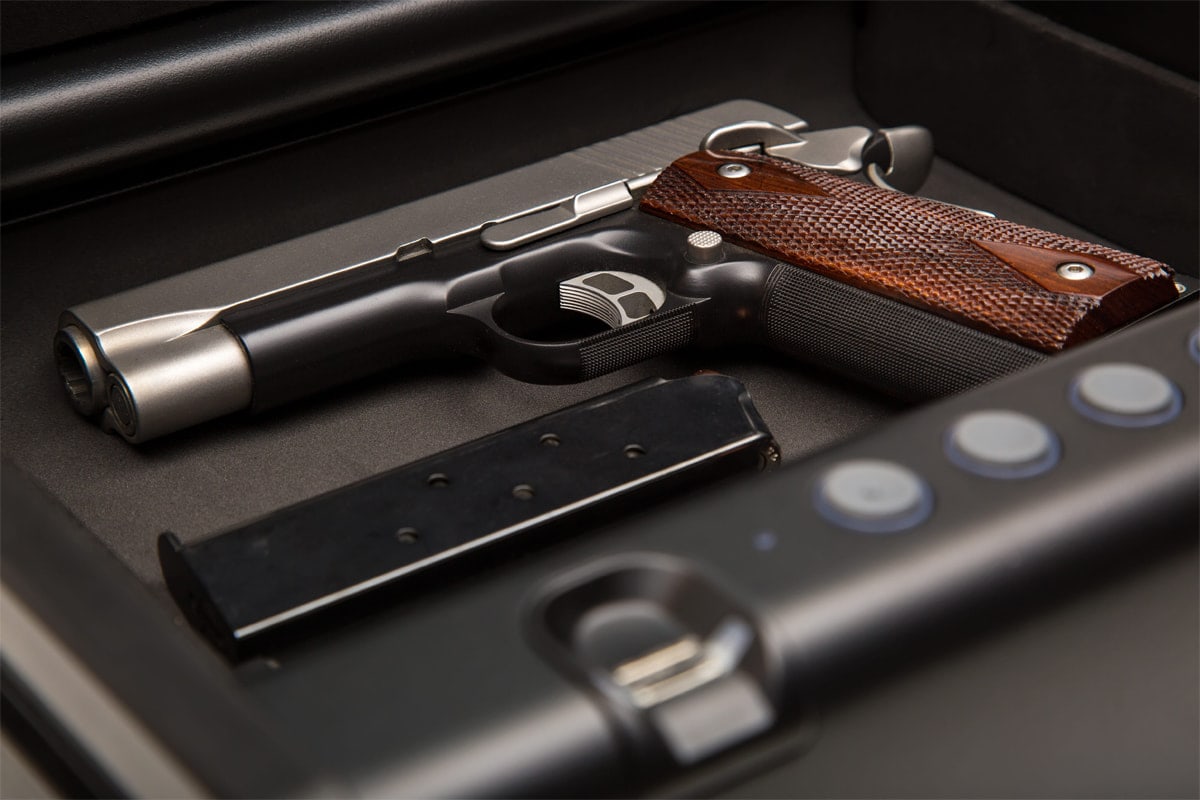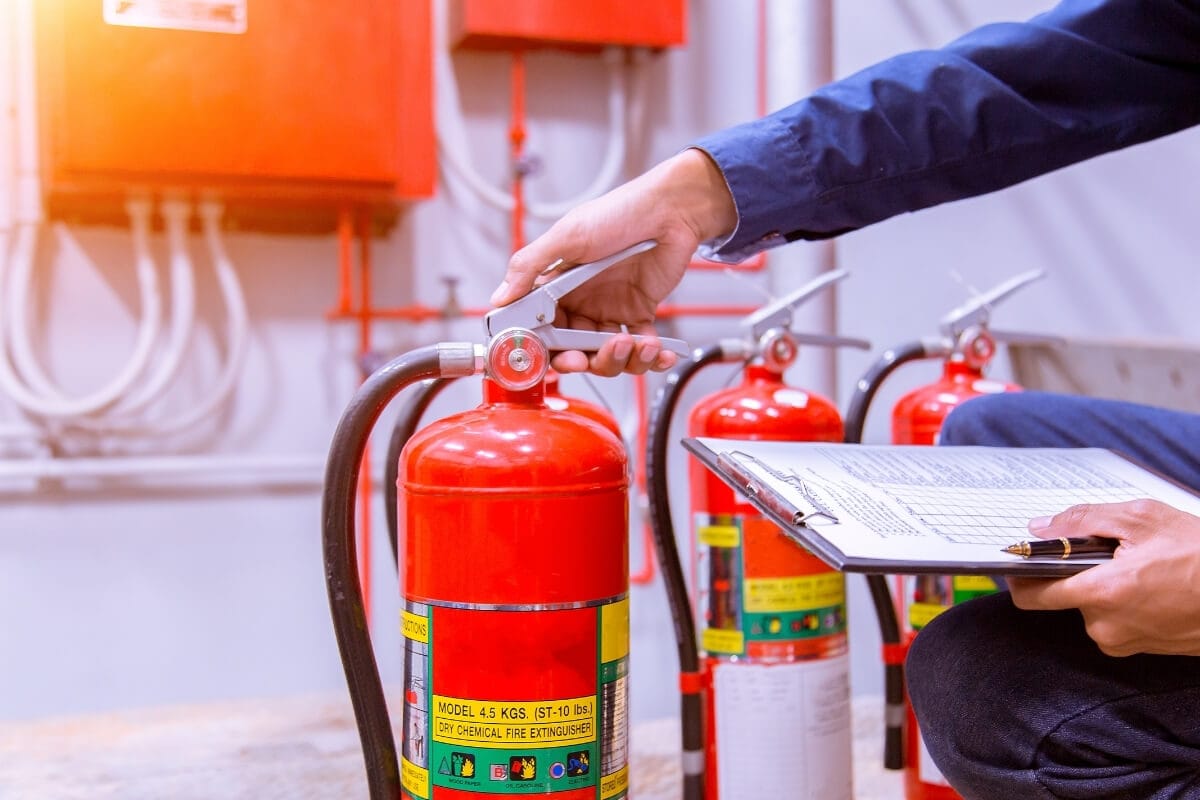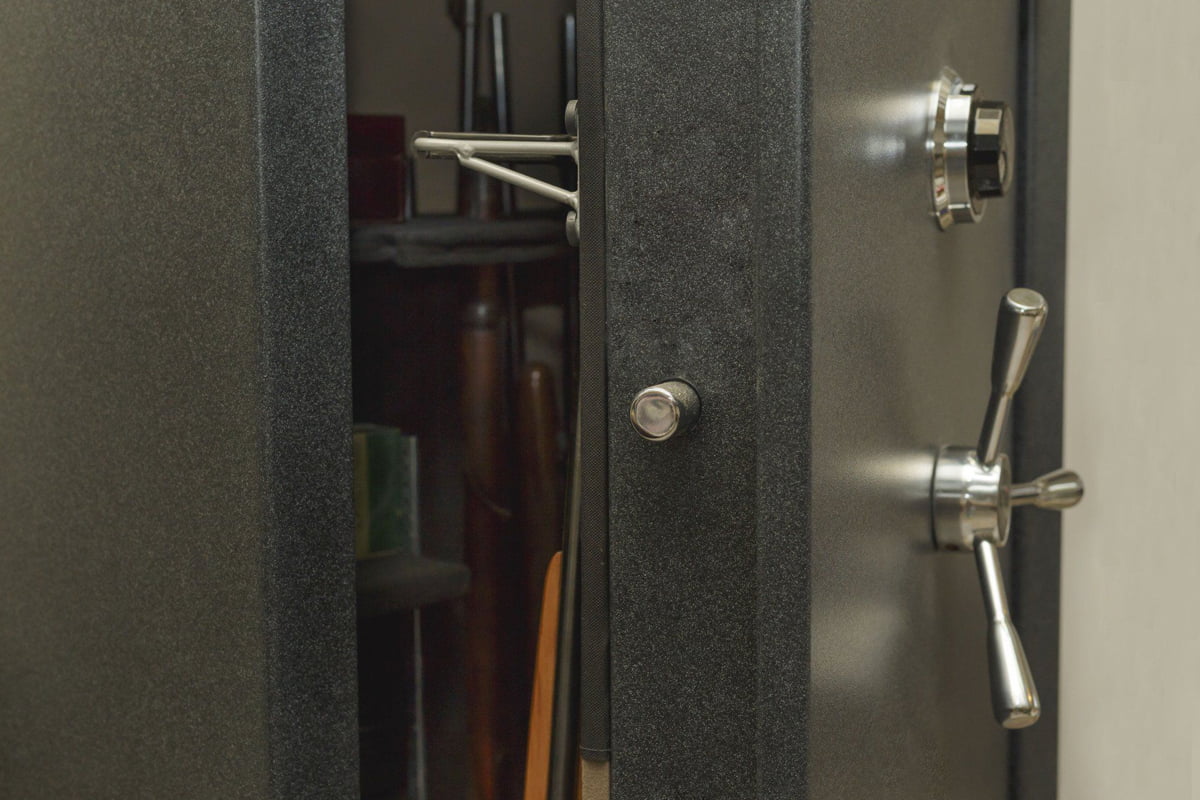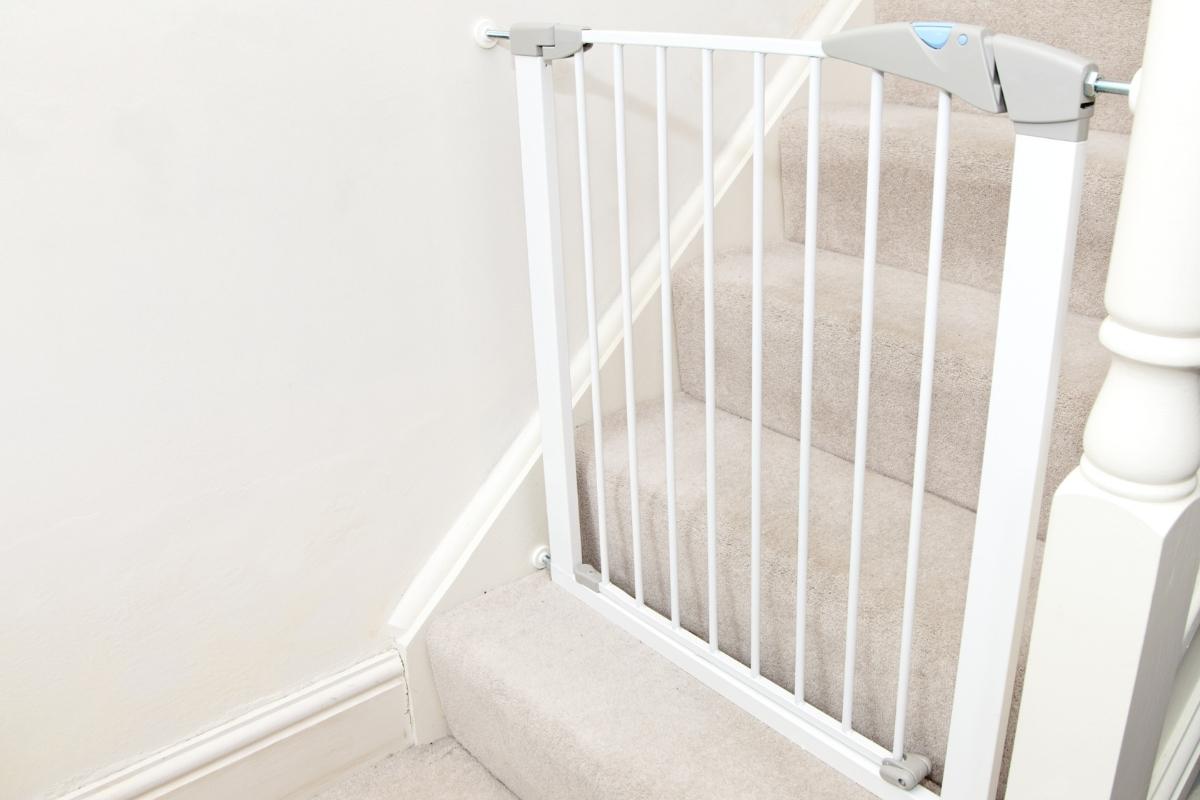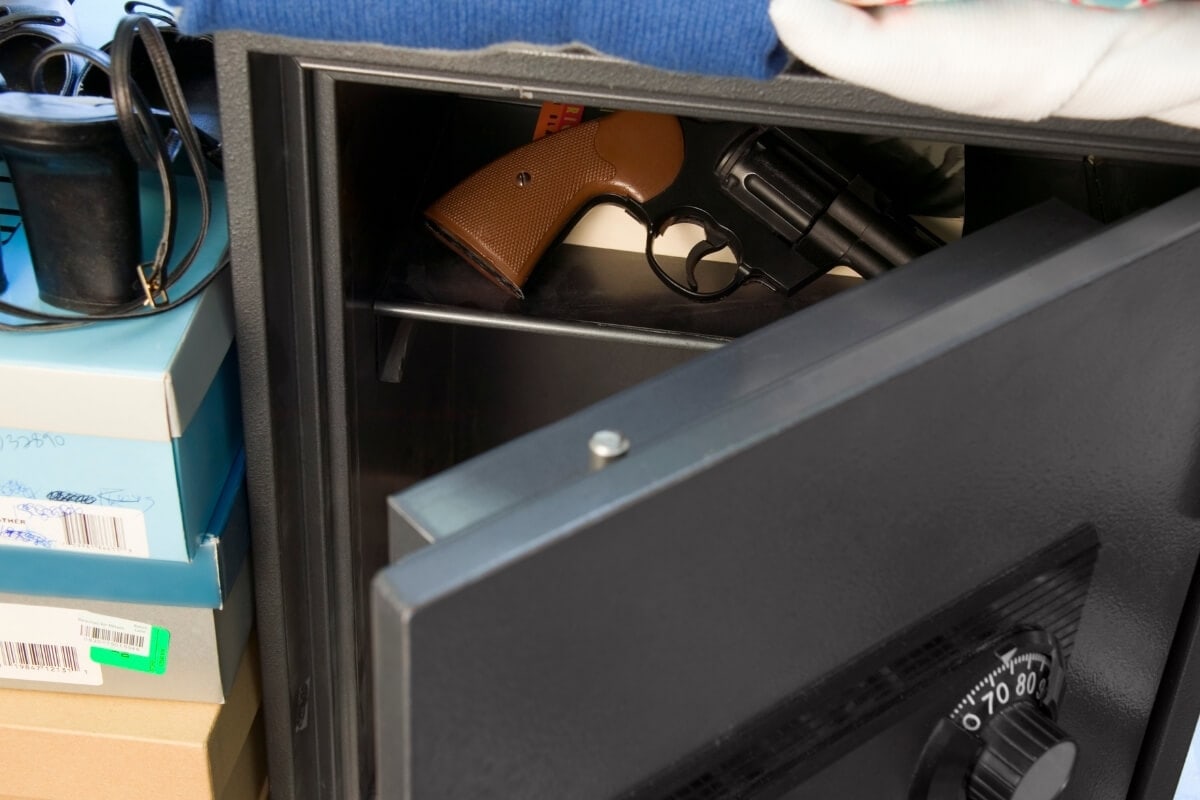A question often asked by members of the shooting fraternity is what incident could possibly have prompted the British government to impose an absolute ban on the ownership of handguns by private citizens in the UK. Events leading to that Draconian decision are largely ignored outside these isles, so this is an ideal opportunity to set the record straight.
The short answer is that it followed on the heels of a terrible occurrence at Dunblane in Scotland in 1996 when a deranged individual armed with several handguns deliberately massacred a roomful of innocent children and some of their teachers.
The intention is not to examine the reasons that led up to that incident or attempt to explain why it ever took place. That is reserved for individuals who are more qualified and knowledgeable. However, by relating the chain of events as they happened and by examining the results of their aftermath, good sense and reason may prevent such a horrendous event from ever taking place again elsewhere in the world.
The morning of March 13, 1996, started cold. At around 8.30 am, forty-four year old balding, bespectacled Thomas Hamilton was observed by a neighbour scraping ice off his white van, parked outside his home at Kent Road, Stirling, in Central Scotland. A short while later, he got into the van and drove off towards the town of Dunblane, some seven miles away.
Unknown to the neighbor and to anyone else, for that matter, he had with him two Browning automatic pistols and two Smith & Wesson revolvers. He had previously applied for and been granted a firearm certificate, which meant that he held all four weapons legally. He also had a total of 501 rounds of 9mm ammunition in various magazines (including 25 extended 20-round magazines), plus 230 rounds of .357 magnum, not including the twelve chambered in the two revolvers. He was wearing four holsters and carried a large camera bag, probably to accommodate the ammunition.
At about 9.30 am, he arrived at Dunblane Primary School and parked the van in the lower car park, adjacent to a telegraph pole. Taking out a pair of pliers from a toolwrap, he proceeded to cut the telephone wires at the foot of the pole. He then crossed the car park and entered the school by way of a door beside the gymnasium.
At about the same time, the twenty-eight pupils of class Primary 1/13 had already changed for their gym lesson and were leaving assembly along with their teacher, Mrs. Owen Mayor. Twenty-five of the children were just five years of age, and the remaining three were six. On their way to the gymnasium, they unwittingly passed the entrance that Hamilton had just used to gain access to the school.
Mrs. Eileen Harrild, a physical education teacher, together with a supervisory assistant Mrs. Mary Blake, were already at the gym. Mrs. Harrild was about to address the waiting class when she heard a loud noise behind her that made her turn around. It was the sound of Hamilton firing two shots into the stage of the assembly hall outside the gym, probably from frustration at finding it empty.
Pistol in hand and dressed in a dark jacket, black corduroy trousers and a woolly hat with ear defenders, he then entered the gym. From his position by the door, he opened fire indiscriminately, loosing off a total of 29 shots in rapid succession. He killed one child outright and injured several others. Mrs. Harrild was hit in both forearms, in the right hand and the left breast. Despite her wounds, she managed to stumble into an open-plan storage area which adjoined the gym, followed by a number of children. Mrs. Mayor was shot several times and died instantly. Mrs. Blake was also shot, but she too managed to reach the storage area, pushing some children in ahead of her. Here they tried to calm and console the terrified, wounded children who cowered helplessly on the floor in pools of blood, all the while hearing the screams and moans of their classmates in the gym. Undeterred, Hamilton continued with his trail of carnage. He fired another 30 shots, 16 of them at point blank range while standing over a group of children who had been disabled by the firing or who had been thrown to the floor.
Meanwhile, a child from class Primary 7 had a lucky escape. Sent on an errand by his teacher, he was walking along the west side of the gym when he heard loud bangs and screaming. Stopping to investigate, he looked in and saw the shooting in progress. Hamilton took a shot at him and missed. The child was struck by flying glass but, fortunately, managed to run off.
Hamilton then moved to the opposite end of the gym from which he had entered and fired a further 24 rounds in various directions. He shot through a window at what may have been an adult walking across the playground and then, opening a fire escape door, discharged a further four shots in the same direction.
Going outside this same door, he fired four more shots at the library cloakroom, striking a member of staff, Mrs. Grace Tweddle, a glancing blow on the head. At the time, Mrs. Catherine Cordon was teaching her class Primary 7 in hut number 7, the classroom closest to the fire escape. On hearing firing from that direction, she ordered her class to get down on the floor. Hamilton fired 9 shots into the classroom. Most of the projectiles were later found embedded in books and equipment. One passed through the back of a chair which seconds before had been used by a child!
Hamilton now re-entered the gym, where he continued shooting. Finally, he relinquished the autoloader and drew one of the two revolvers. Placing the muzzle in his mouth, pointing upward, he pulled the trigger.
Mrs. Mayor and 15 children lay dead in the gym. A sixteenth child, grievously wounded, was found to be dead on arrival at Stirling Royal Infirmary. They had sustained a total of 58 gunshot wounds, 26 of these being of such a nature that they, individually, would have proved fatal. Additionally, 10 other pupils from the class and 3 members of the teaching staff suffered non-fatal gunshot wounds. 6 of these were deemed very serious, 4 serious and 3 minor. Thomas Hamilton managed to create a scene of unimaginable carnage in just 3 or 4 minutes. He’d fired a total of 105 rounds of 9mm ammunition from a Browning automatic pistol before using one shot from a Smith & Wesson revolver to end his own miserable life.
The nation was horrified by this act of mindless barbarism. Lord Cullen, a noted and respected jurist, was appointed to instigate a public inquiry and investigate the circumstances leading up to and surrounding the events at Dunblane. The British government promised to act on his recommendations.
There’s no doubting the total revulsion and condemnation felt by everyone, shooters and non-shooters alike, in the wake of Hamilton’s callous act. Prayers were said for the unfortunate victims and messages of sympathy were extended to the parents and survivors. The population as a whole allied itself with the grief of Dunblane. The universal questions were: how was a monster like Hamilton allowed to possess handguns which he could use so callously to murder little children? How could such an event be prevented from ever happening again?
The bereaved parents organized the “Snowdrop Campaign,” an action group dedicated to the banning of all handguns. Their collective reaction was purely emotional, hardly surprising under the circumstances! The country as a whole identified with them and a feeling of intense solidarity was born. This, unfortunately, also included a powerful surge of anti-gun sentiment.
Petitions were drawn up and hundreds of thousands of signatures were collected. Emotions ran high and the political opportunists, disguised as sympathizers, came crawling out of the woodwork, using Dunblane as a platform to further their own shady ambitions.
On October 14, 1996, almost seven months to the day from the sad event, the long-awaited report by Lord Cullen was published. Two days later, on October 16, the government stunned the shooting community by deciding to go far beyond any recommendations made in the Cullen Report and announced a total ban on all handguns! The only exception would be .22 single shot pistols as used by Olympic sportsmen, but these would have to be stored at gun clubs.
The general political climate in the country at the time was a major element in the scheme of things and contributed massively to the ultimate prescription. Picture the scene: the Conservative party, currently in government, is in a terrible state, desperately fighting off accusations of bribery, corruption and widespread sleaze. It is slightly less popular than cholera with the voters, and the general election (equivalent in importance to a US Presidential election) is only months away. In order to avoid total disaster at the polls, it desperately needs to shake off its tarnished image and manufacture a cloak of respectability.
Then along comes Dunblane! No, not the disaster, but the massive public wave of anti-gun sentiment it has engendered. The government sees this as a heaven-sent opportunity to re-establish its popularity by giving the electorate what it wants and making itself popular in the process. Two birds with one stone! Hamilton used a legally-held handgun to commit his crime. Ergo, ban all legally-held handguns and you prevent the crime from ever happening again.
As a solution, it may have been more politically expedient than effective. But did the government have any other option? Anything less stringent would have meant certain suicide at the polls. Not that the Conservatives are shy of contentious legislation. The infamous poll tax they saddled the country with a few years ago led to violence, riots and, ultimately, the political demise of Margaret Thatcher. But circumstances were different then. They had just won a general election and had four or five years ahead of them to eradicate the public ill effects. Right now, they barely have four or five months! Desperate situations have never called for more desperate measures.
Another important player in the game is the Labour party, currently in opposition to the government. They, too, have an eye fixed firmly on the spring election and are playing to the public gallery. Trying to be more Catholic than the Pope, they are accusing the government of being far too soft on gun owners and are calling for a total ban, this to include even the single shot .22 weapons! Thus, in the stampede to occupy the moral high ground, both parties are vying for the Dunblane sympathy vote, locked in a head-to-head contest of “I-can-ban-more-than-you-can” one-upmanship!
The largely emotional anti-gun reaction was based on total ignorance of the system, and the anti-gunners were quick to capitalize on this fact. The public at large tends to think, quite wrongly, that in order to obtain a firearm legally, all you have to do is fill in a form at your local gun shop, hand it over the counter, receive your firearm certificate and walk out with the weapon of your choice! What they don’t realize is that the process is more likely to take six or eight months, involve character references, a long probationary period of membership at an approved gun club, and a lot, lot more! At no point were these facts ever effectively publicized by the gun lobby or, for that matter, by the press, which left the public believing the earlier fiction by default. Nor was it mentioned that obtaining an illegal firearm in any large town or seaport would probably only take about two hours if you knew the right pubs to visit and the right questions to ask!
Another fact that was never fully exploited by the pro-gunners was Hamilton’s suitability, or lack of it, to hold a firearm certificate. He came to the attention of the police as far back as 1983 for complaints in connection with young boys, and although he’d never actually been convicted of a crime, he was forever skating on very thin ice. He was said to possess a paranoid personality with a desire to control others, together with strong indications of pedophilia. In November 1991, five whole years before the Dunblane incident, a detective sergeant’s report on Hamilton stated: “I am firmly of the opinion that Hamilton is an unsavory character and unstable personality.” The report concluded: “I respectfully request that serious consideration is given to withdrawing this man’s firearm certificate as a precautionary measure as it is my opinion that he is a scheming, devious and deceitful individual who is not to be trusted.”
Now some, including the senior police officer to whom that report was addressed, may have thought that no action could be taken unless there was prior proof of a crime having been committed. Wrong! Section 27(1) of the Firearms Act 1968 provides for the refusal to grant and Section 30(1) of the same act provides for the revoking of a firearm certificate merely if the holder “. . is of intemperate habits or unsound mind, or is otherwise unfitted to be entrusted with such a firearm. . . ” In short, evidence of an actual conviction was not really necessary. On the other hand, Hamilton had provided more than ample proof over several years that he was thoroughly “unfitted” to be entrusted with firearms, yet nothing was ever done about it. He was allowed to keep his guns! The system to stop him was in place. It just wasn’t used!
The enormity and horror of Hamilton’s actions will forever dwarf the fact that he was able to carry out the massacre with legally held firearms. But it was this ultimate fact that finally led to the ban because it allowed both government and opposition to point the finger at the gun owners as convenient scapegoats whilst ignoring the true culprits: the authorities who allowed Hamilton access to weapons!
The full extent of Hamilton’s evil intent did not emerge until much later. He didn’t carry those four guns and all that ammunition by accident. He fully intended to wipe out the entire population of the school! He earlier questioned a boy about the layout of the school and the timing of events, and it’s clear that he intended to arrive when the staff and children would all have been together in the assembly hall. For whatever reason, the boy told Hamilton that assembly was at 9.30 am when in point of fact it was at 9.00 am, a little lie that probably saved hundreds of lives that day! Then there were the telephone wires that Hamilton cut at the base of the pole in the car park. Unknown to him, these did not affect the school at all but only the houses adjacent to it, which meant that communications later that day to the emergency services were not affected.
What lessons can the American shooting fraternity learn in the aftermath of Dunblane? Basically, that politicians and political opportunists will trade on public ignorance every time, ignorance of the facts and ignorance of the system, to get their own way. The press, too, will almost always present a one-sided version of events, usually anti-gun. The NRA has your interests at heart and provides you with a strong and vociferous platform. Support it and use it, or you’re liable to lose it!

